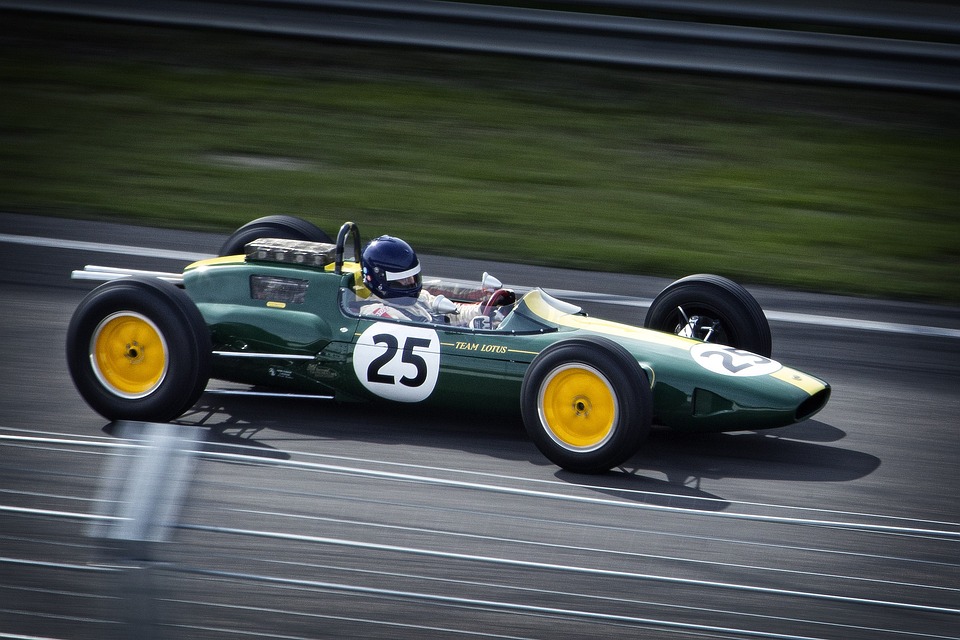Aston Martin DB1 sports car
Aston Martin DB1 – A closer look at this sports car including performance, technical data, features, competitor comparison, history and used price
From classic to modern
The Car
The first Aston Martin sports car appeared in 1914.
In 1939, the Aston Martin Atom, a two-door, four-seater, was introduced, powered by a 2-litre, four-cylinder, SOHC engine, with two Zenith carburetors.
In the early 1940s this unit was replaced by a 2-liter, four-cylinder, OHV engine with two SU carburettors, and a 7.25:1 compression ratio.
Linked to a four-speed semi-automatic gearbox, this engine developed 90 horsepower at 4,750 rpm.
There was independent front suspension, and leaf springs at the rear using Armstrong hydraulic shock absorbers. Corn production ended in 1944.
In 1947, it was decided to design a new car, but by then the company was experiencing financial difficulties, and required an infusion of cash.
History says that when industrialist David Brown drove the Atom in 1947, he was so impressed that he bought Aston Martin, having already acquired Lagonda.
Using the Atom as a basis, David Brown felt that a convertible or drop-head coupe variant, with its long, sweeping body design, would be the most suitable shape for the new car’s production.
To withstand the additional stresses encountered by removing the roof section, the structure would require further reinforcement.
Although larger, alternative, twin-cam six-cylinder engines were available from the Lagonda, it was decided to retain the same 2-litre unit, as used in the Atom, and mated to a four-speed manual, all-synchronizer David Brown gearbox.
It had a steel body, with a very distinctive three-part grille, on a steel frame, with a curb weight of 1140 kg.
It used Girling 12-inch hydraulic disc brakes all around on 16-inch rims, with worm and drum steer.
An interesting design feature was a compartment in one of the front wings for storing the spare wheel.
Branded as Two Liter Sports, the new sports car was launched at the 1948 London Motor Show, where production continued until the introduction of the DB2 in 1950, at which point the car would take the alternative name Aston Martin DB1.
Unfortunately, a heavy two-seater, head-shaped body, and engine of only modest output made for a weak car, which was reflected in the fact that only 13 units of the DB1 were built.
Furthermore, the chassis was only suitable for limited production, which meant that the car was very expensive to produce, and therefore not a profitable venture.
Aston Martin Convertible Resort
Prior to the launch of the DB1 sports car, it was decided, as a means of comprehensive testing of the chassis and engine, that the car should be entered in the 1948 Belgian Spa 24 Hour race.
The existing body was replaced by a special edition based on a small two-seat convertible.
As a result, the car won the race outright, and was duly designated as the spa car.
After the race, this car was rebuilt and displayed alongside the DB1 at the 1948 London Motor Show.
However, this single Spa version, as it was known, failed to generate enough interest to warrant actual production, and was subsequently displayed at the Dutch Motor Museum.
a race
The market in which Aston Martin was offered included the following sports cars: Triumph 2000, Cisitalia 202 SMM Spider Nuvolari, Bristol 401 and Maserati A6.
This concludes our Aston Martin DB1 Sports Car review.
